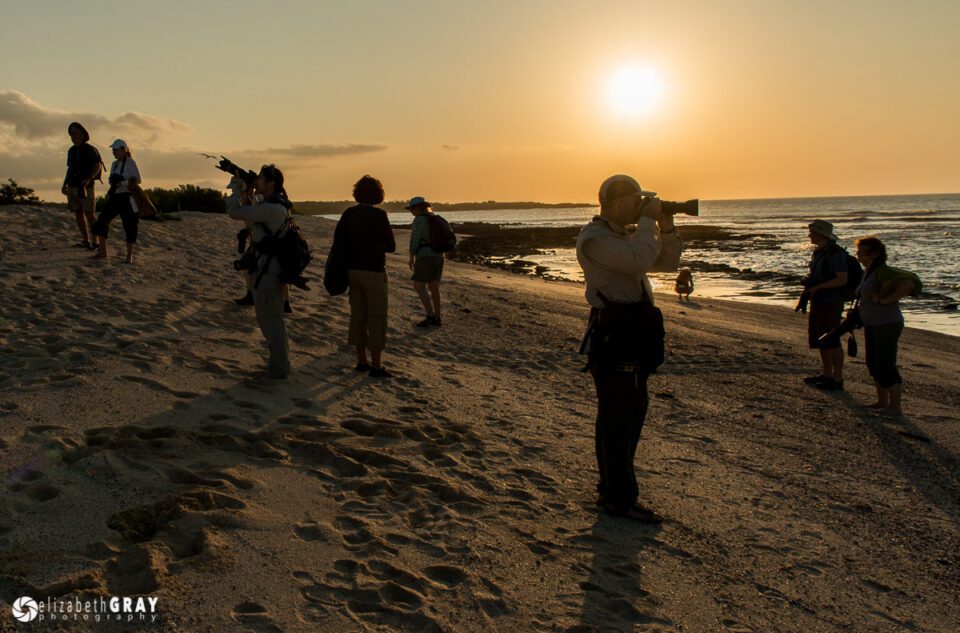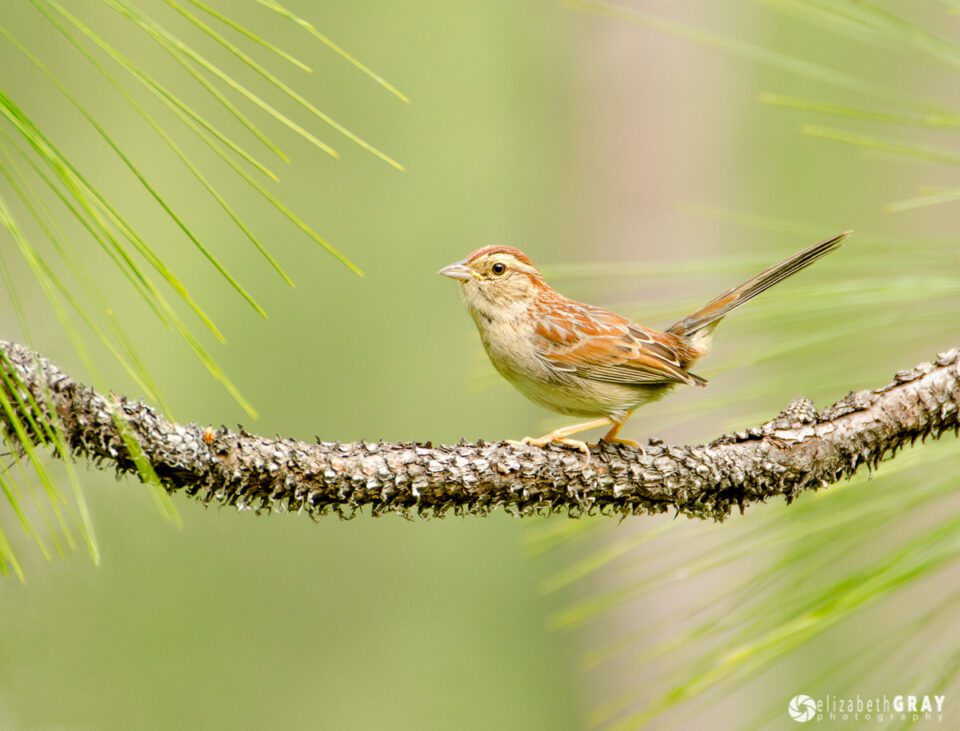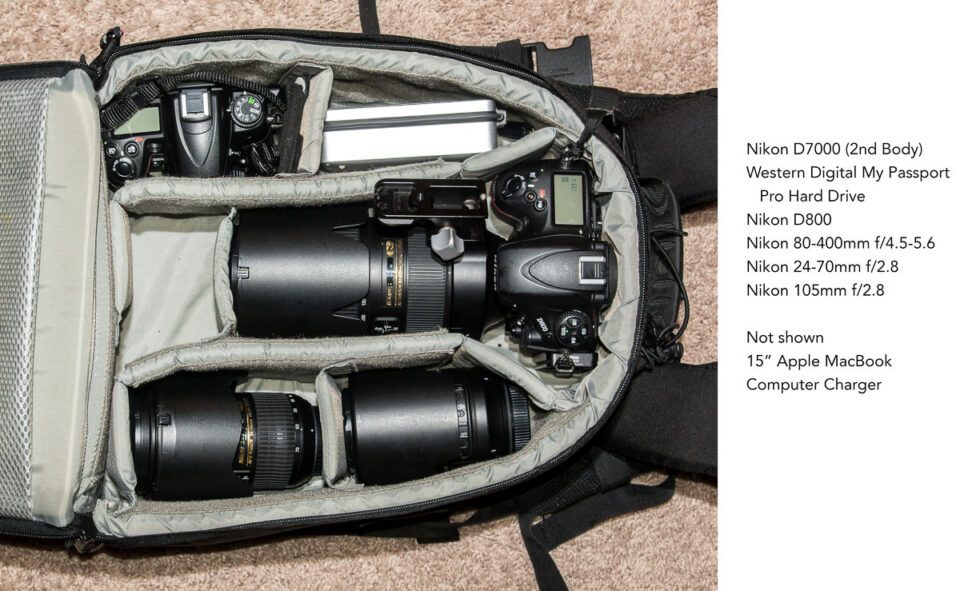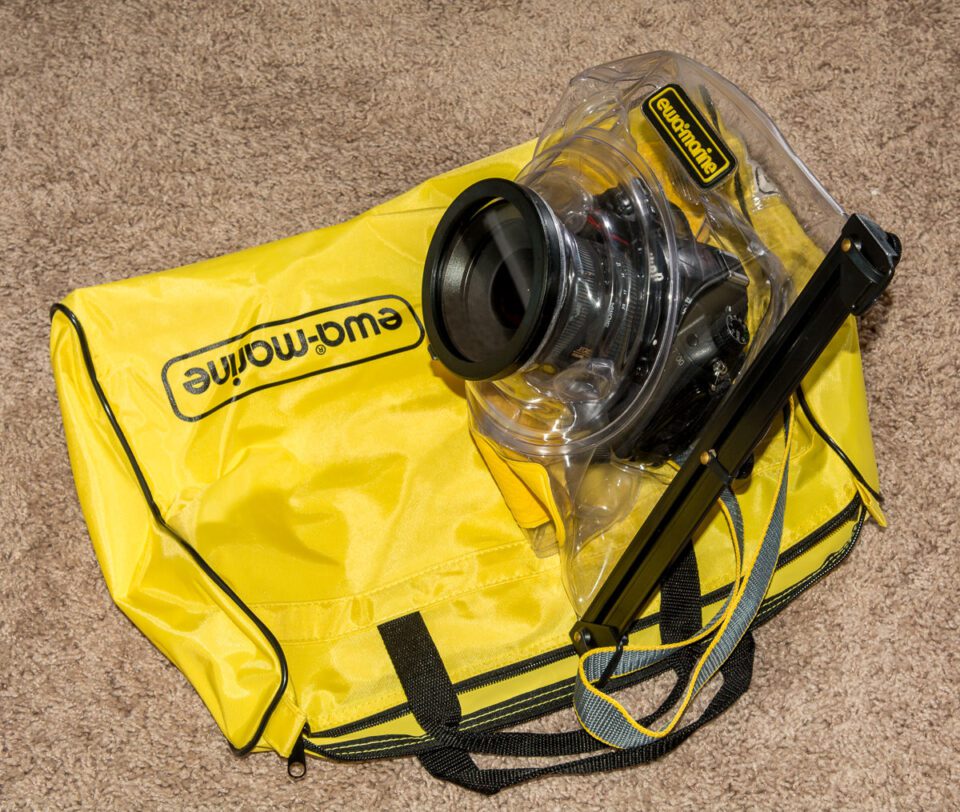If you’re like me, you’ve planned a trip, had visions of coming home with an SD card full of National Geographic images, but ended up with a hard drive full of vacation snapshots. What can you do to better prepare for a trip when you really want to spend some quality time behind your camera? Consider taking a photography tour. You will find yourself among a group of like-minded people, all of whom are excited about spending several days dedicating time to photography. A tour can be a wonderful learning environment. And if you take the time to do some research and planning, you will end up at the right spot, at the right time, and you will come home with some exceptional photographs.

1) Choosing a Photography Tour
Of all the things to consider when choosing a photography tour, the first is location. Not all tours have to be to exotic, distant locations. A tour near your hometown can give you well deserved time to immerse yourself in photography. All too often the best-laid plans to spend a day shooting get interrupted by work, errands or other disruptions. On a photo tour, your time is focused (mind the pun), on photography.

This shot was taken only a few miles from where I was living in Houston while on a birding photography tour. Bachman’s Sparrows are very elusive. Without an experienced photography guide, I never would have found this extremely secretive sparrow which likes to hide in the underbrush.
Cost is a big factor in tour choice. Tours to the same location can vary greatly in price, which makes comparison hard. When you start searching, look closely at the tour descriptions. For most tours you will be responsible for getting yourself from your home to the tour location. However, the costs of accommodation, meals, entrance fees and transportation during the tour may or may not be included.
Another consideration is group size or student/leader ratio. One of the big advantages of a tour, compared to a self-organized trip, is that you get photography instruction. Make sure that the group size is not so big that it becomes hard to ask questions and get help from the guide(s).

Too many photographers on a very small boat!
I classify photo tours into three categories:
- Workshops
- Educational photo ops
- Photo only tours
Workshops combine shooting time with dedicated classroom teaching time. You can expect some combination of lectures, instruction on post-processing techniques and supportive critiques of your images. Of course, workshops also give you plenty of opportunity to ask questions when you are out in the field.

This shot was taken during an architectural photography workshop I participated in. We alternated shooting time with classroom lectures.
Educational photo ops do not offer separate instruction time. However, the leader is readily available in the field to answer questions about composition and camera techniques. Some may offer critiques as well.

With seven of us on this fall foliage tour in New Hampshire, there was plenty of opportunity to ask questions while we were shooting.
The last type, photo only tours, simply get you to the right place at the right time. This type of tour is to be avoided! If you are paying top dollar for a photo tour, you should not be bankrolling the leader’s trip so he/she can pad their portfolio. Make sure you ask if the guide will be taking pictures too. It is one thing for them to bring a camera to show you how to compose, or how to set up. It is another for the leader to be so busy taking his/her own images that they don’t have time to answer your questions. Two years ago I was fortunate enough to take a photo tour to the Galapagos Islands. It was a once in a lifetime opportunity. However, one of the instructors seemed more interested in taking her own images than helping the paying clients. There were several instances where she asked me (or others) to move because we were in her frame! Luckily the other guide was extremely knowledgeable, and freely shared his knowledge with anyone who had questions.

Our photography guide got us to the Fisgard Lighthouse in Victoria just as the sun was rising.
If you are a beginner or intermediate photographer, a workshop tour is a wonderful learning experience. If you are more advanced, you may find that it is not worth paying extra for classroom instruction. An educational photo op tour may be best for you. Regardless of your ability, a tour that includes group critiques is invaluable. Having an opportunity to see other photographers’ images can inspire all kinds of creative ideas. Getting your images critiqued by a professional helps you understand your photos’ strengths and weaknesses. This can elevate your photography to the next level.

When researching tours, look for detailed itineraries, with some built in flexibility. Be wary of tours that shoot from dawn to dusk. They can be exhausting after a couple of days. Make sure that you pick one that has some down time, usually during mid-day when the light is not at its best. Use some of that down time to process some of your images. This will give you the opportunity to ask questions about composition and technique before it is too late and the tour is over.
Lastly, conduct some research on the professional leading the tour. How long have they been doing this tour or been in business? Do they have their own website? If so, check out their portfolio. Have they posted photographs from past tours? Are these the types of images that inspire you? If they are, then that leader may be a good fit for you. If not, check out some other tours. And of course, read reviews from past clients.

2) Gear
So you’ve selected your tour and paid your down payment. Now it’s time to figure out what gear you are going to take. Choosing the right gear is a balancing act. You want to make sure that you have enough equipment to get the shots you envision, but not too much that carrying it breaks your back. You may also be limited by airline baggage restrictions. Most airlines allow you to carry on one bag and one small personal item. Personally, I never check my camera gear, the only exception being my tripod and head. So that means my camera, lenses, hard drives, and all the bits and pieces that accompany them, must go in a camera bag small enough to fit in the overhead bin.
Choose lenses based on the type of shots you plan to take. Don’t try and take it all! When I pack for a wildlife trip I bring very different lenses than if I am packing for a landscape or street photography tour. If you will be doing a lot of hiking, you will want to travel lighter. For trips where I know the tour involves short walks, and we won’t be far from a vehicle, I may carry a larger selection of lenses. Will you have the opportunity for close-up shots? Instead of a dedicated macro lens, consider extension tubes or a close-up filter. If weight and space are at a premium, use a versatile all-purpose zoom, such as a 24-120mm or 18-300mm, instead of several lenses that cover the same range. Regardless of which lenses you take, challenge yourself with the gear you have and do not lament the gear you left at home!

As for cameras, I recommend taking two bodies. There is nothing worse than investing in a photo tour, only to find that your camera has malfunctioned. Even a point-and-shoot can act as second body. And, they have the added advantage of being small enough to keep in your pocket for casual shots, like in a restaurant or on the plane when you don’t want to pull out your full size DSLR. Another option is to rent a second body to take with you. A rental body is a wise investment for those once in a lifetime bucket list trips.
Besides a camera and lenses, don’t forget memory cards, your computer and an external drive(s) for backups. And if your computer does not have SD or CF drives, you will need a card reader as well. Other necessities include:
- Batteries and charger.
- Protective filters, circular polarizers.
- Rain sleeves – the inexpensive plastic ones from Op/Tech work great.
- Camera strap – I prefer a sling type strap to a neck strap.
- Lightweight travel tripod, monopod or beanbag if you will be doing any low light shooting or long exposures.
- Cell phone with PDF copies of all your instruction manuals.
- Flashlight or headlamp for night shots.
- Lens blower, lens cloth, lens pens and a microfiber cloth for cleaning your gear.
The best investment I ever made was in a $10 pair of kneepads from the hardware store. They are invaluable if you like to get down low to shoot from interesting perspectives. They are always in my camera bag!

A flash is another piece of gear that you may want to consider packing. However, today’s cameras have very good high ISO capabilities. I prefer to use natural light and bump up my ISO instead of packing a flash. This leaves me more room for another lens!
Will you have the opportunity to do any underwater shooting? Instead of investing thousands of dollars on a professional housing, use an underwater rated point-and-shoot camera or a GoPro. On our trip to the Galapagos, my husband borrowed a GoPro and I used an EWA marine bag for my DSLR. The EWA bag cost around the same as an underwater point-and-shoot, but much less than a professional housing. It worked very well and let me capture RAW files using my Nikon D7000 and Sigma 10-20mm f/4-5.6 lens.



In addition, check with your tour leader. They have had the advantage of visiting your tour location several times (at least you hope they have). Your guide will have a very good feel for what equipment you will need, and what you need to leave behind. They will gladly provide you with a suggested gear list before you go.
3) Conclusion
Taking time to research your tour options, and discerningly choosing the gear you want to take with you are the first steps to a successful photo tour. In Part II of this article, I will discuss things that can be done pre-tour and during your tour, that will improve your odds of coming home with more than just snapshots.



